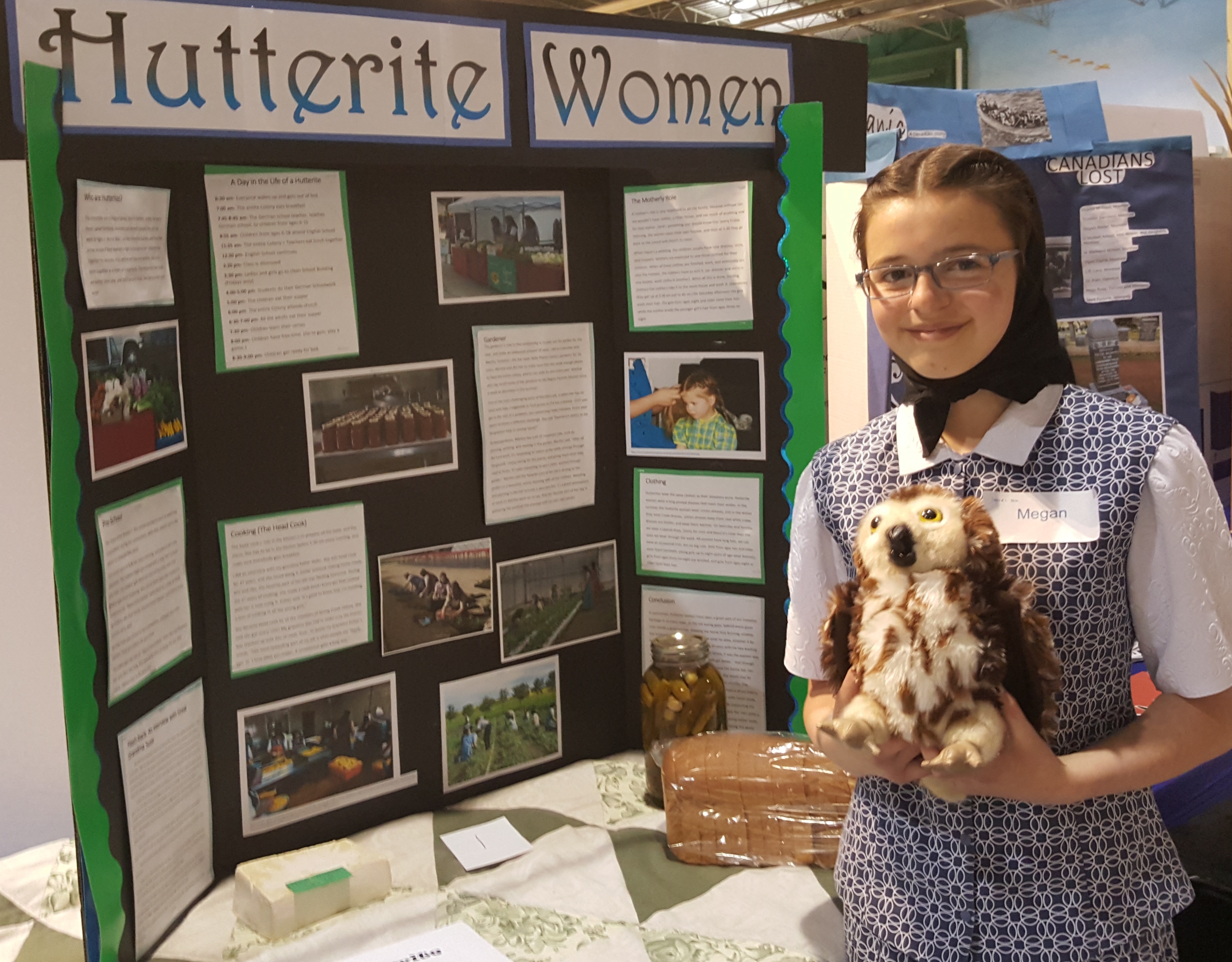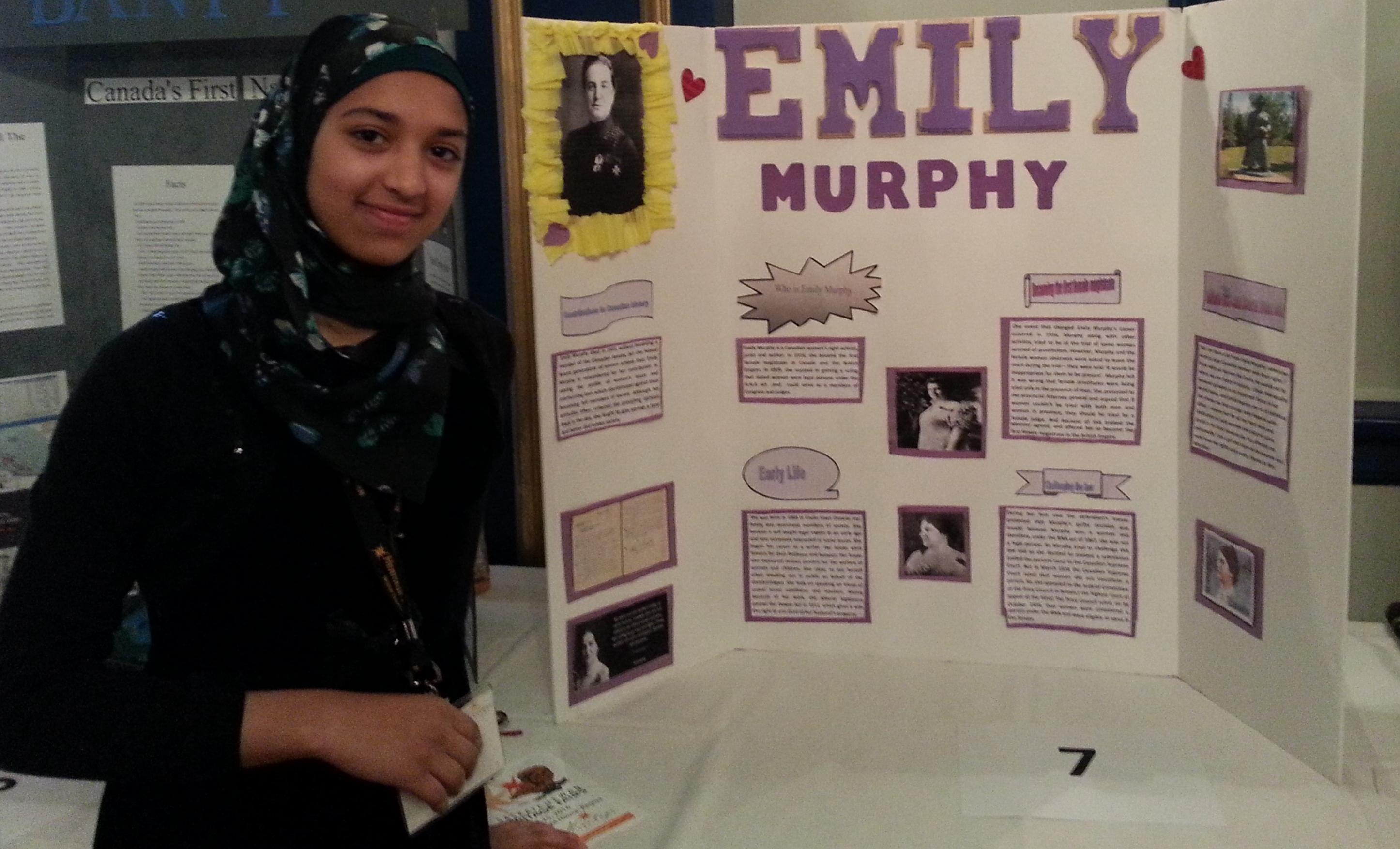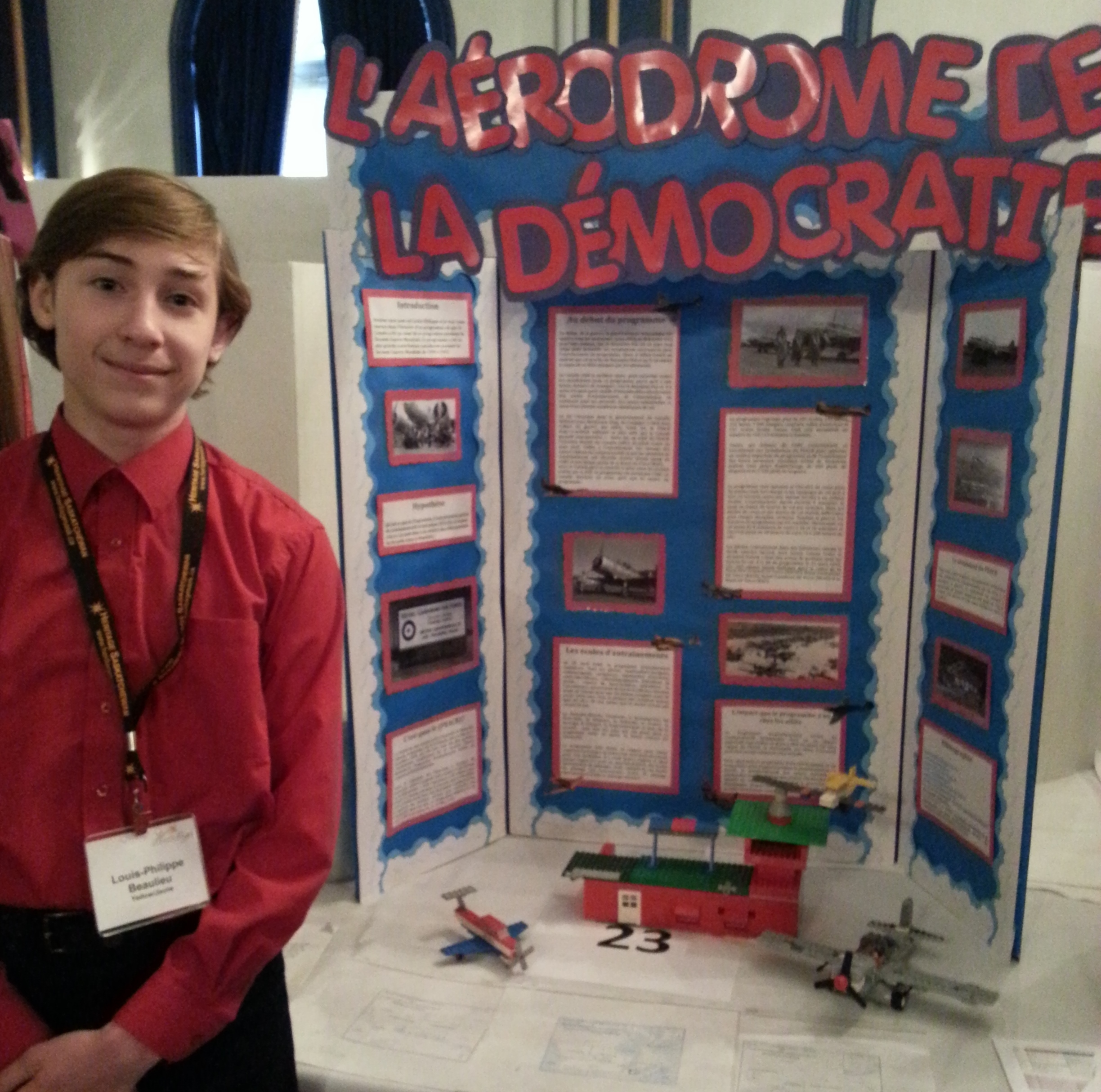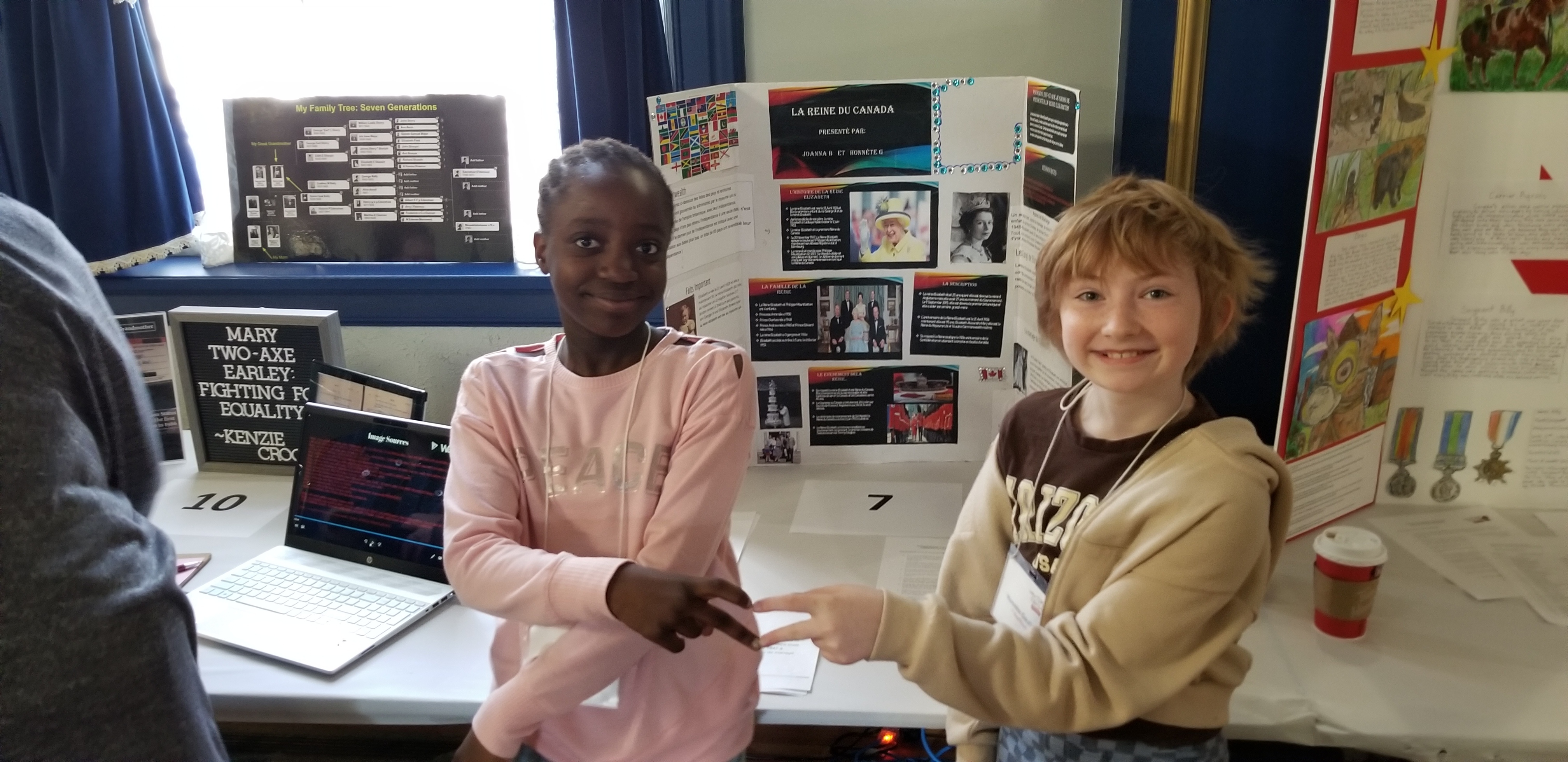10 Tips for Giving Your Presentation:
Telling your story is the most important part of your Heritage Fairs project. You have done great research and writing, you have designed and created an amazing project, and now it is time to share your knowledge. This is what will get you an award or advance to the Regional and Provincial levels. Click here to download a printer-friendly version.
Here are some tips for giving your presentation:
- Remember to put as much effort into your presentation as you did into your research and into designing your project! Practice at home (alone, in front of your family, or both) and think of how you might answer different questions that judges might ask about your topic, your research, or how your topic relates to Canadian heritage. Also, if you are presenting with a partner, practice with them.
- Do not panic if something breaks! If your model or computer breaks or glitches, do not stop. If you can quickly reset something (like a slideshow), it is okay to try. But if it still does not work, or if you cannot fix it without leaving your project, tell the judge how it is supposed to work and continue giving your presentation. Judges will be impressed by your ability to keep going with the story!
- Do not read your presentation – tell your story! Memorize as much as you can and use notes or cue cards only for when you get stuck, or as an outline. Your backboard can also serve as reminders of what you want to talk about and can act like cue cards.
- Use your model, artefacts, and backboard! Point at photos or maps, describe the items in your display and how they relate to your story, and explain what the model is about.
- Start with your family connection to your story! (If you have one, that is.) If you have a family connection to a topic, start with that in your presentation. It gets your audience interested in the story! Do not leave it to the end, or you might forget to mention it.
- Tell the judge about what you are wearing! If you are wearing a costume, cultural regalia, or a uniform, do not forget to tell the judge about what it means. That can also be a great way to start your presentation!
- Make sure to practice any special performance you are going to do, especially in partners! Playing a piece of music, acting out a skit, or becoming a character and telling your story in the first person will be memorable if done well! (It is also a great way to make sure that both people in a partnered project have a chance to talk.)
- Make sure both students in a partnered project get the chance to talk and answer questions! If only one of you is presenting, the judge will likely think that only one of you did the work. If there is a special reason why only one of you is presenting (such as one of you is sick), make sure to tell that to the judge.
- Make eye contact! Make eye contact with the judge, but if keeping eye contact is too difficult, look just beside their head throughout the presentation. Make eye contact again when being asked a question. It is fine to look away to look or point at your project or to quickly check your notes if you get stuck.
- Be creative and be yourself! Think of a way to make sure that judges and other visitors remembers your story, even if you do not win any awards or advance any further. Do as best as you can!





